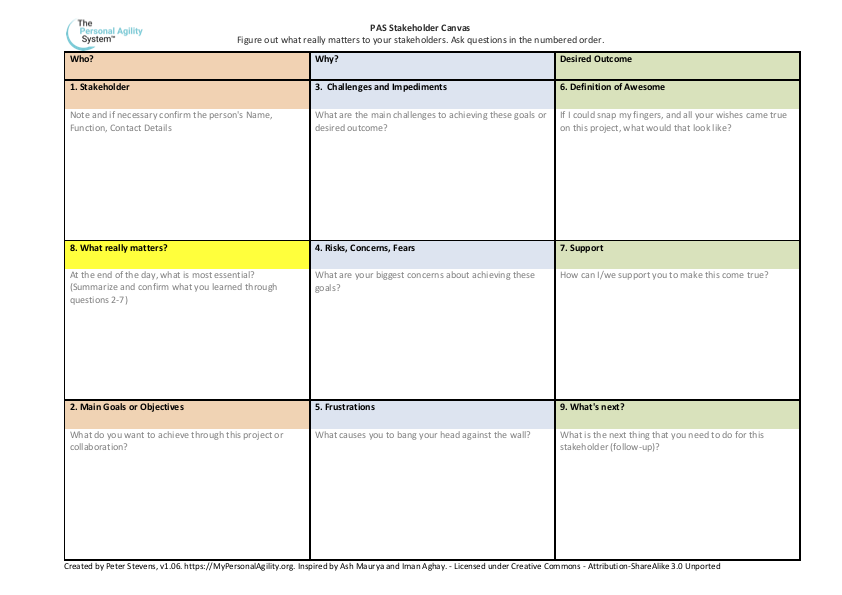Three things to like about SAFe
19-05-2014Agile Company Day: Mad Men Meets Agile!
25-05-2014…when the market isn’t buying your product
“Is it OK to pass on market pressure to my team?”
This question came up in my last Certified Scrum Product Owner course (“Leading Innovation”). It seems that the company’s development efforts, i.e. their products, had not been producing the desired effects in the marketplace. As a result, the finances were not looking so rosy, the investors were getting worried, budget cuts were in the air, and who knows what that means for people’s jobs! The PO (recently converted project managers) wanted to put the teams under more pressure to perform, feeling it was both necessary and justified. Scrum says the teams are protected from undue influence, so we have a typical conflict between the classical approach and the Scrum approach.
So let’s look at the this pressure, where it comes from, what to do about it, and how to best react to this situations.
Where is the pressure coming from?
Most of the time, the market doesn’t care about us. We make something, nobody notices. So we compensate: with spam, advertising, marketing events, cold calls, etc. We create outward pressure, and customers should notice us and buy our products. If the customer is not buying, it is because we are not pushing hard enough. Why are we pushing? Because the market does not care.
So the pressure is not from the market, but from ourselves, because our lack of success will sooner or later cause us problems.
This does not mean the market does not exert any pressure. It can. It is called demand. It is the opposite of pushing. Pull is created when the market (or more precisely, people outside our company) genuinely want our product. Think people standing in line to buy the latest iPhone or see the latest blockbuster.
The first step is to realize that, unless the market is sucking product out of us faster than we can make it, the pressure is internal and entirely under our control. The trick therefore is to create pull for our products, so that there is a ready market.
How do we create pull?
In my eyes, the messages of Lean Startup from Eric Ries and Ash Maury give excellent guidance: find a problem that resonates with your (potential) customer base. Validate that it really is a problem in the eyes of your potential customers. Create a enough of solution so you can validate the solution with your potential customers. Validate it. Get your customers to tell you what it is really worth (by framing it against other existing solutions). If you get these things right, your customers will eat out of your hands! Note: This process may many iterations and require several changes to the initial product idea!
How should you lead your team?
To create products you need to be creative. Dan Pink explained the prerequisites: Automony, Mastery and Purpose. He also told us about the anti-pattern: things that cause to you to focus too much on the goal, like fear and financial incentives.
Most of us have had a “best project”, where we did something great for our customers, our colleagues were helping us, as developers we were writing great code, our managers had our backs, etc. Remember that project? What would it be like if this project because like your best project. You can make it happen! (Hint: Many people using Scrum are experiencing their best project right now!). So make this project your best project for everybody on your team!
What to do when the market isn’t buying your product
- Social Risk 1: Get any bad news out of the way. If there will be layoffs, get them done as quickly and as painlessly as possible. Once they are done, ensure that your team can continue long enough to show results.
- Social Risk 2: Bring back the fun! Create an environment where you and your team can have fun and serve a great purpose. Motivation is the accelerator for productivity.
- Market Risk: Get you and your team close to your customers. Figure out where the shoe hurts. Offer them solutions. Validate your assumptions!
- Budget Risk: Say no. Don’t build something unless you are really certain your customers need it and will value it!


